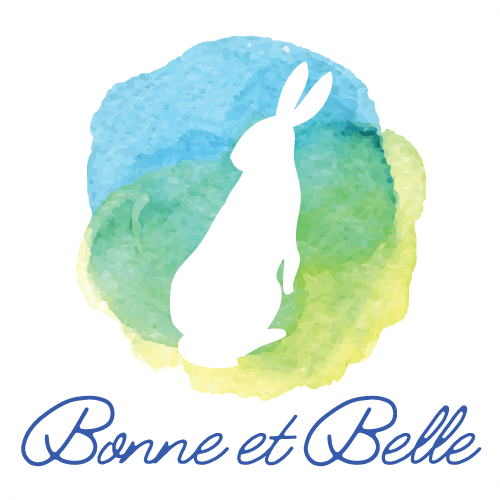What is nature therapy?
Nature therapy is reconnecting with the natural world for better mind-body health.
Spending time in nature – even for short periods – has been shown in multiple scientific studies worldwide to lower heart rate, reduce stress, reduce inflammation, and boost immunity – just to name a few benefits!
Here’s what Yale scientists have to say about spending time in nature:
“These studies have shown that time in nature – as long as people feel safe – is an antidote for stress: It can lower blood pressure and stress hormone levels, reduce nervous system arousal, enhance immune system function, increase self-esteem, reduce anxiety, and improve mood. Attention Deficit Disorder and aggression lessen in natural environments, which also help speed the rate of healing. In a recent study, psychiatric unit researchers found that being in nature reduced feelings of isolation, promoted calm, and lifted mood among patients.”
What is Nature & Forest Bathing?
Nature & Forest Bathing is a type of nature therapy.
During a nature and forest bathing walk, you’ll take a relaxed stroll, during which your guide offers a series of invitations – prompts of a sort – to slow down and connect your senses to the natural world around you.
At the end of the walk, you’ll enjoy a tea ceremony under the trees.
If you’re like me and you like visuals, check out this short video to see what nature therapy’s all about:
https://www.viddsee.com/video/in-between-a-natural-appeal/wqp7a 😊
Nature Therapy Around the World
Nature-based wellness, a burgeoning trend in the United States, has been a part of other cultures around the world for decades or even centuries. Below are some examples:
Shinrin-yoku (Forest Bathing)—JAPAN
In 1982, during the tech boom, The Forest Agency of Japan launched a campaign coined Shinrin-yoku, which roughly translates in English to “forest bathing.” The goal was two-fold: remedy a public health crisis of auto-immune disease rooted in work-induced stress and revitalize rural economies suffering from the mass migration to cities.
Shinrin-yoku is based on ancient Shinto and Buddhist practices of submersing oneself in nature through the five senses of sight, sound, touch, smell, and taste.
Forests, in particular, offer a special health benefit: phytoncides. Phyton (meaning plant) and cide (meaning exterminate) is essential oil produced by trees and plants to protect them from harmful insects and germs.
Studies [https://www.ncbi.nlm.nih.gov/pmc/articles/PMC2793341/] show they protect human bodies, too. Breathing in phytoncides boosts mood and immune system function; lowers blood pressure, heart rate, stress, anxiety, and confusion; improves sleep and creativity; and may help fight cancer.
Today, Shinrin-yoku is practiced worldwide and its health benefits continue to be documented.
Friluftsliv (“the free air life”)—NORWAY
Friluftsliv (pronounced free-loofts-liv) is the Norwegian philosophy that humans are happiest outside, no matter the weather.
Like shinrin-yoku, friluftsliv is not really about being active in the outdoors (e.g. hiking, rock climbing, sledding)—although this is often embraced—but simply being in the outdoors.
Friluftsliv is so integral to Norwegian culture that Norway has dedicated outdoor schools, organizations, and even university departments to the philosophy that simply being in nature and breathing fresh air is healing and good for the soul.
Koe Knuffelen (Cow Cuddling)—THE NETHERLANDS
Koe Knuffelen is part of a larger movement in the Netherlands to connect people with country life.
Like other forms of animal therapy, the goal for cow cuddling is for people to foster trust, empathy, and connection with the animal and in turn, with their own feelings.
Why cows? Cows are large animals (an adult cow can weigh around 1,100-3,000 pounds), so interacting with one requires your attention (i.e. mindfulness) and your trust. These characteristics are some of the reasons behind equine therapy for patients overcoming trauma.
But unlike equine therapy, cow cuddling is not conducted by a mental health professional. In this case, the cow is the “therapist,” offering a chance to connect and receive its gentle affection in return. And unlike horses, cows will lay down, making them more accessible for hugs and snuggles.
Walk with a Doc & Park Rx - THE UNITED STATES OF AMERICA
Recognizing the toll urban life takes on their patients’ health, American doctors have created programs that get their patients outdoors.
Walk With a Doc was founded by a cardiologist frustrated that most of his patients did not have regular physical activity. In 2005, he got the idea to invite his patients to walk with him outside; 101 people showed up for the first walk, and now his program has 500 chapters worldwide.
A pediatrician founded Park Rx in 2017 to get his patients—children, teens, and young adults—outdoors. Now, about 325 health care providers take part. They literally write a prescription to go to a park. The activity can be anything, even having a picnic, as long as the patient gets outside.
We Are Wired for Nature
Our species evolved in forests and other wild landscapes. “Only over the last several centuries have humans moved into cities en masse,” reports Smithsonian Magazine. “Now more than half the world’s population can be found in urban areas.”
But our bodies and minds are still hard-wired for co-existing with nature. “Our sensory system evolved in the natural world and when we’re in those spaces, our brains become relaxed because these are things that we were designed to look at, hear, and to smell,” reports National Geographic. “The frontal lobe, the part of our brain that’s hyper-engaged in modern life, deactivates a little when you are outside. Alpha waves, which indicate a calm but alert state, grow stronger.”
Nature therapy is the opportunity to “come home” to a world our species has shared with every other since the beginning of our time.
What is nature therapy
Our Newsletter
Become a Bonne et Belle Insider!
Become a
Bonne et Belle Insider!
Information
Contact
-
8504 NW 43rd Street
Gainesville, FL 32653 - info@bonneetbelle.com
- Follow us on Instagram
Nature Therapy
Private events
Schedule a tour of the White Barn to plan your private event. We look forward to seeing you soon!

